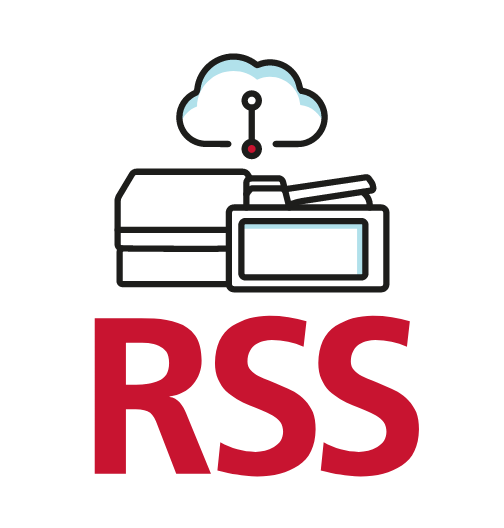
The importance of a good hospital print management system
Healtchare Managed Print Services solutions help companies take control of all MFP functions (copy, print, email, fax and scan).
By Bill Garcia, Director of the Healthcare Vertical at Ricoh Latin America
Many hospitals and clinic networks operate fleets of printers and MFPs in complex clinical and back-office environments. However, most lack a complete view of where the devices are located, how they are being used, and how much it costs to operate them. That lack of visibility can result in poor device utilization, unnecessarily high costs for supplies, reactive maintenance leading to device downtime, and missed opportunities to improve business processes where documents are used. The absence of appropriate protection and management tools can put confidential patient information at risk, exposing hospitals to a potential data breach that can lead to reputational damage, fines, or even lawsuits. In addition, hospitals and other healthcare institutions face the challenge of implementing green initiatives that require additional strategy assessments and resources.
According to an Ipsos 2017 study of the Health Sector, the areas with high volume of document printing are:
50%: Accounting area
25%: Microbiology, Reception, Warehouse, Office, Administrative Services, Emergency, Library, Copy Room, Medical.
With rising healthcare costs and scarce resources, critical care facilities must maximize cost and process efficiencies to redirect both savings and human resources to initiatives that represent higher-value patient care. That's why the Ricoh Healthcare Managed Print Services solution for hospitals features a suite of services and tools designed to increase visibility, control, and security of the production environment throughout the hospital and the business information that flows through it. This solution can help maximize the value of production investments by streamlining and right-sizing the fleet, establishing formal print governance, and improving end-user authentication and support.
At Ricoh we aim to redefine our partnership with customers such as hospitals and healthcare institutions, helping them to maximize their investment in print technologies by focusing on business processes and initiatives that improve workflow and optimize the end-user experience while establishing environmental sustainability initiatives along the way.
Optimizing processes and technology will help administrative staff as well as physicians and other healthcare providers to be able to create, store, and use information more effectively.
What are the challenges facing healthcare institutions?
PRINTING IN A SUSTAINABLE ENVIRONMENT: Excessive paper consumption due to poor production management represents a visible negative impact on the environment.
8 MM tons of office paper represent 178 MM trees.
One sheet of copy paper can use more than 13ox. of water - more than a typical can of soda.
The production of 1 ton of copy paper produces 5,690 lbs. of greenhouse gases - the equivalent of 6 months of automobile exhaust.
COSTLY PRINTING: Unmanaged production fleets and low visibility into usage result in higher - and often unnecessary - printing costs.
DEVICE DOWNTIME: Many hospitals lack dedicated resources for fleet management and maintenance. Without preventive maintenance, devices can break down, resulting in downtime that hinders productivity.
IT OVERLOAD: With so many responsibilities, IT management and support teams do not prioritize maintenance of the print environment. That can lead to poor fleet visibility, ineffective end-user support, as well as a general lack of control over quality and costs.





